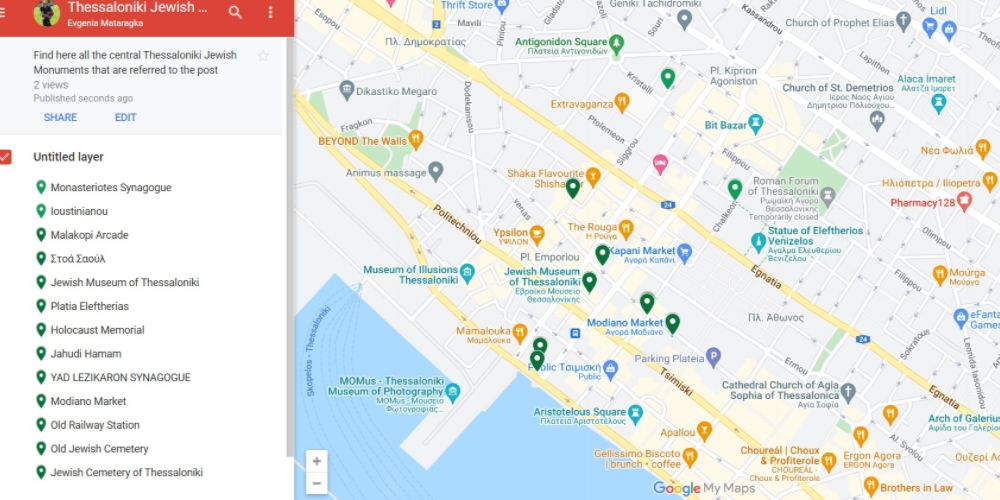The remaining Jewish Monuments in Thessaloniki (Salonika), Greece’s second-largest city and port, are not reflecting the long, flourishing, and vibrant 500 years old history of the Greek Jewish in the city. The scarcity of Jewish Monuments in Thessaloniki is mostly due to:
- The big fire of 1917 mainly affected the predominantly Jewish part of the city
- The German occupation, during WWII, when all synagogues but one, were demolished
Thessaloniki was founded in 316/315 BC by the Macedonian General Kassandros.
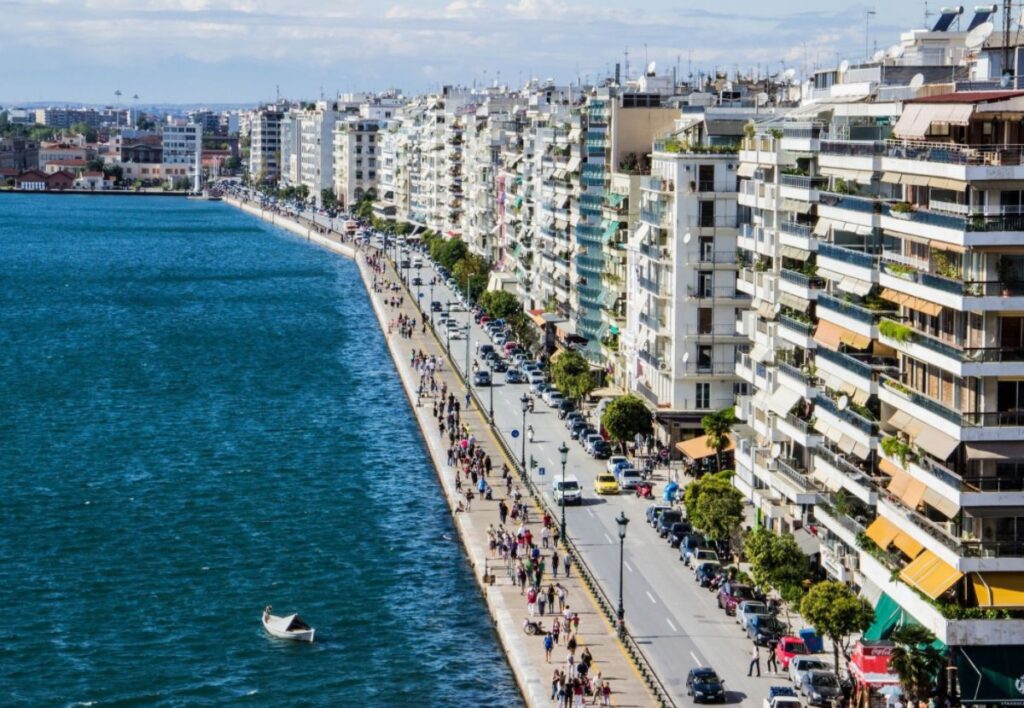
Thessaloniki’s prominent geographical position developed the city from its foundation as an important port, economic and commercial center of Macedonia, and the Balkan Peninsula, advantages that it has maintained for all those 2,300 years.
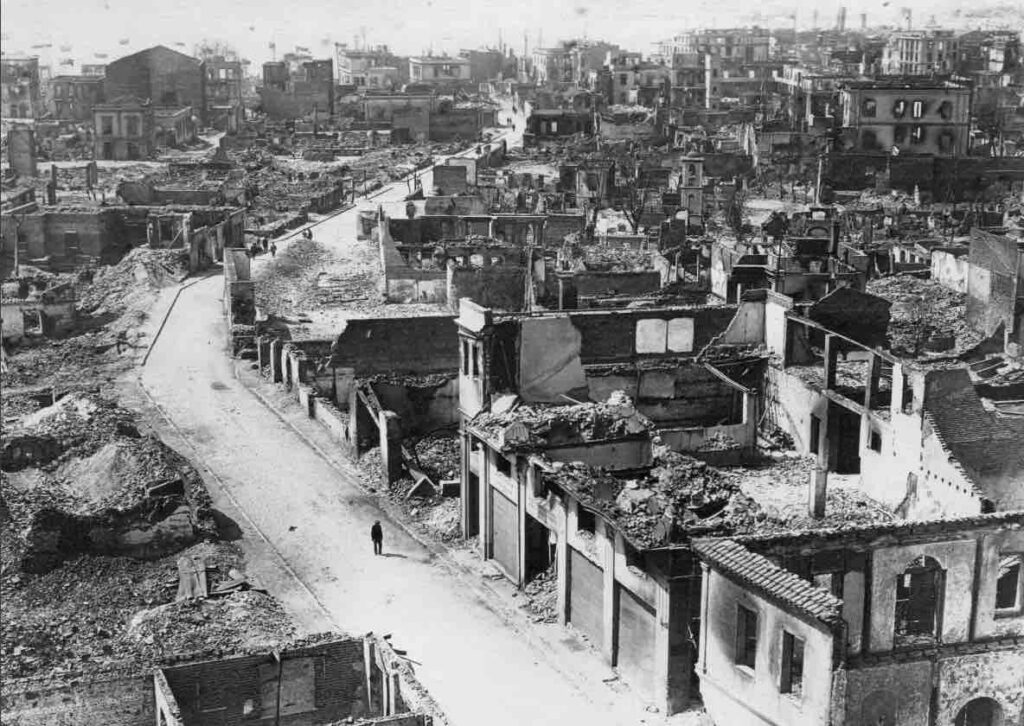
The great fire in 1917, destroyed most of the centuries-old buildings. Yet, still today the city’s long history is evident in its many Hellenistic, Roman, Byzantine, Ottoman, and Jewish monuments scattered in the older part of the city.
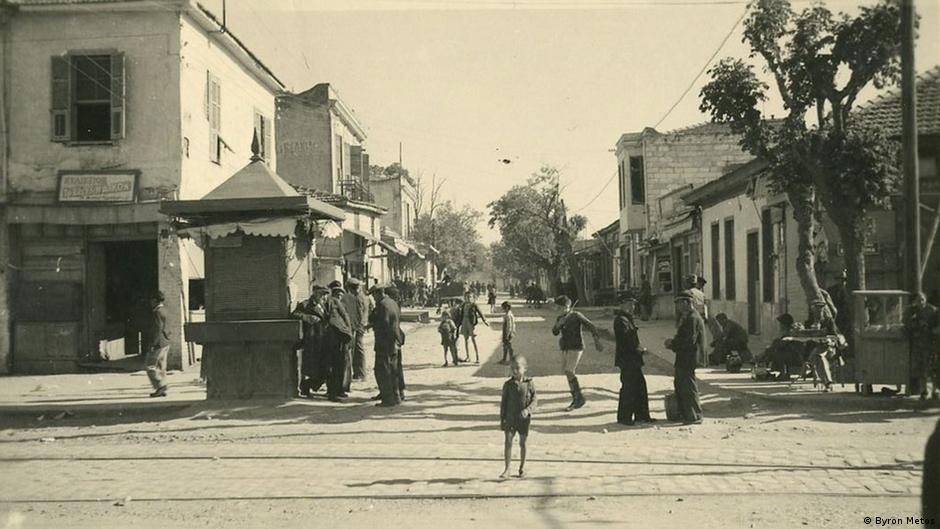
In this post, you will read about the Jewish Monuments in Thessaloniki Center, with information regarding access and visiting hours where applicable. Most of these places are grouped from the geographical point of view in two main areas (and two different posts) and they are all within easy walking distance.
- One at the old Thessaloniki center close to the port which was also the center of Jewish life.
- PART II of Thessaloniki Jewish Monuments: One to the eastern part of the Thessaloniki which was a mainly residential area for the upper class
You can easily visit the Jewish Monuments in Thessaloniki or book a guided tour with a professional Greek guide specialized in Jewish monuments.
*Some of the links below are affiliate links. That means I may make a commission if you click and buy. The commission comes at no additional cost to you.
Thessaloniki Quick Reference
- Where to stay in Thessaloniki: Komninon Luxury Suite (mid-range)
- Heading to the Greek Islands from Thessaloniki? Book your ferry tickets in advance with no-hidden-fees FerryScanner or FerryHopper
Greek Jewish Historical Background
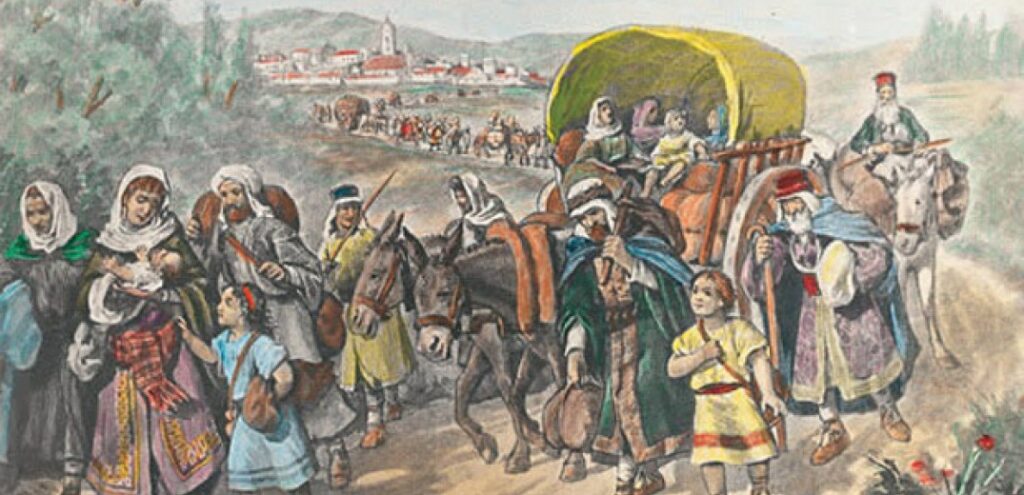
When the Catholic Kings, Ferdinand II and Isabelle, completed the reconquering of Spain from the Mores, in 1492, they imposed a dilemma on the country’s numerous Jews: convert to Catholicism or be expelled. Among those who opted for expatriation, a larger number headed to the Ottoman Empire which was much more tolerant of other religions than catholic western Europe.
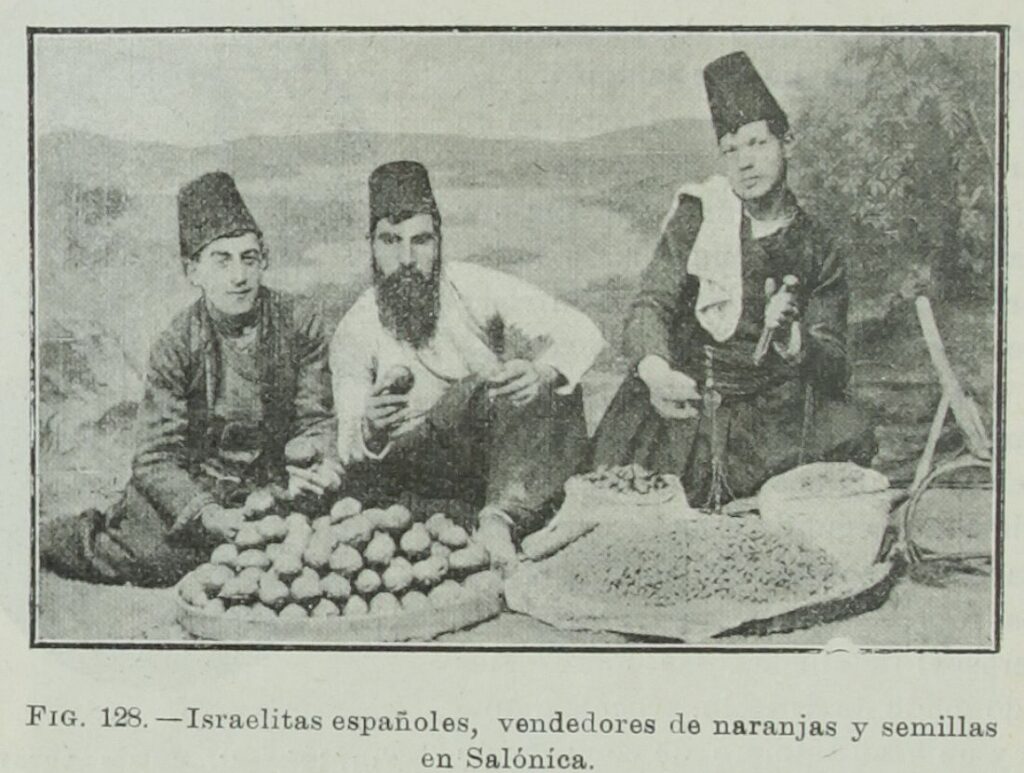
The sultan Beyazit II (reigned 1481-1512) welcomed the Jews fleeing Spain and allowed them to settle in many of the cities of his empire in the Balkans and Asia Minor. Sephardic Jews (from Sefarad, meaning Spain in Hebrew) possessed many skills in a wide range of fields that the Ottomans took advantage of. Eventually, their most important center became Thessaloniki where the Sephardic Jews soon outnumbered the pre-existing Jewish communities.
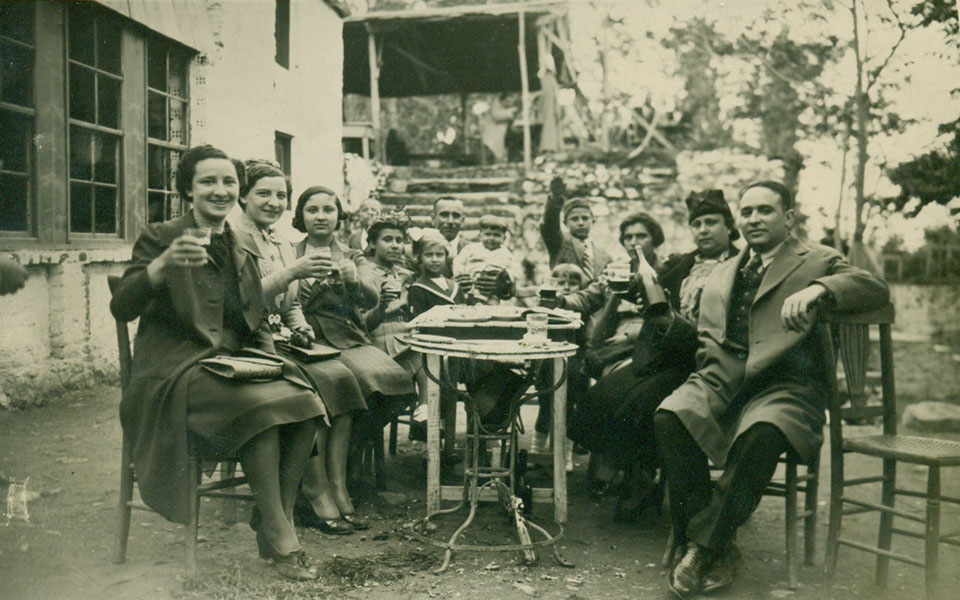
The Jews formed the largest religious group in Thessaloniki and during certain periods the absolute majority, hence the city was also named “New Jerusalem” and “Madre de Israel” (Mother of Israel). Normally, the importance of Jews in the life of the city would result in numerous landmarks like synagogues, schools, social care institutions, etc. But as already mentioned, unfortunately, this is not the case.
Map of Jewish Monuments in Thessaloniki
Remaining Jewish Monuments in Thessaloniki
Monasteriote’s Synagogue
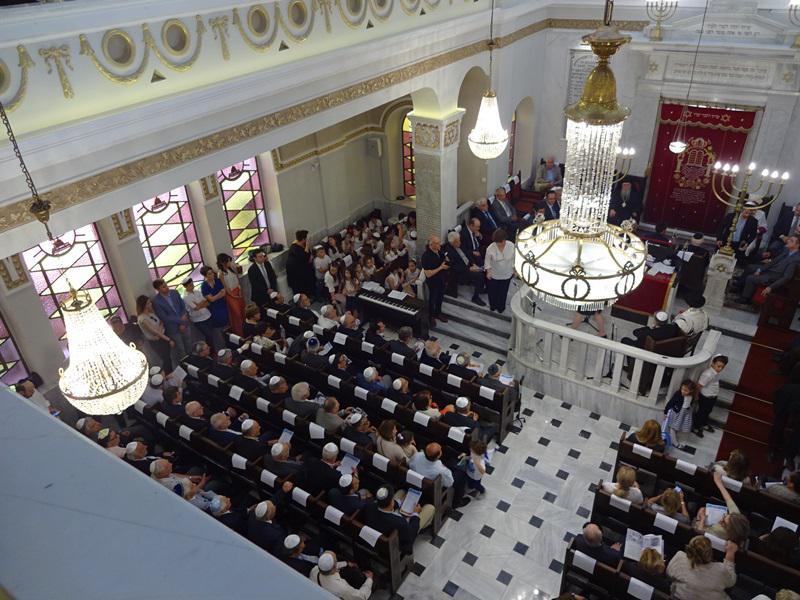
Most synagogues in Thessaloniki were named after the origin of the Jews using them. This one was the synagogue of the Jews from Monastir (today Bitola in North Macedonia). It was built between 1925 and 1927. This is the only synagogue that survived after WWII in its prewar state, as it was being used, during the war, as a warehouse by the Red Cross.
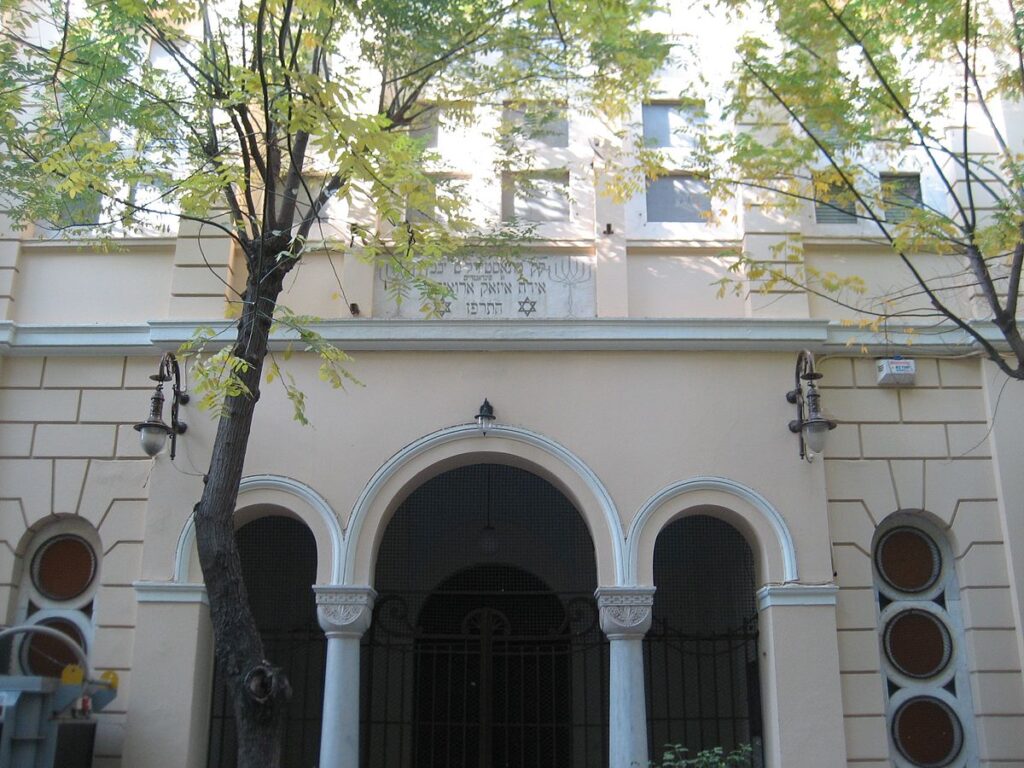
Its operation was interrupted for some time in June 1978 due to the damages suffered as a result of the important earthquake that hit the city. It was restored in the mid-2010s. You will admire, among others, the central luminaire. After the war, this had been found in a church from which it eventually found its way back to where it belonged. INFO: 35 Syggrou St, Tel.: +302310.275.701, Mon- Fri: 10:00-15:00, Wed: 10:00-15:00 and 17:00-20:00, Sun: 10:00-14:00, Sat: closed Synagogue website.
Ioustinianou str.
There is no evidence today showing that this was the eastern border of the central ghetto of Thessaloniki. The ghetto operated for a few weeks, from 25 February 1943 until its residents were transferred to the eastern ghetto, close to the railway station from where they were loaded onto the trains to Auschwitz.
The Banque de Salonique (Malakopi Arcade)
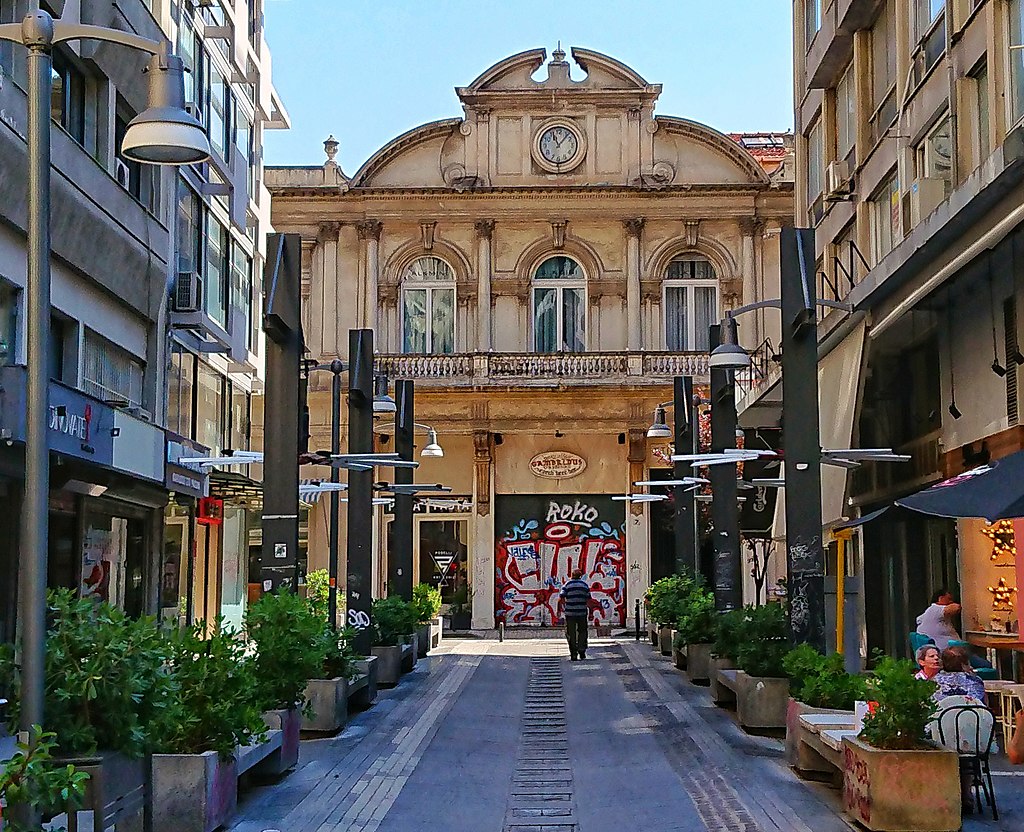
The Banque de Salonique was a regional bank headquartered in Thessaloniki and Istanbul. Created in 1888 under the initial leadership of the Salonica Jewish Allatini family with the participation of several other establishments in France and Austria-Hungary. During WWII, most of the bank’s staff in Thessaloniki fell victim to the destruction of the Jewish community by the German occupation forces, which also commandeered the bank’s building and burnt its archive. In 1947 the Thessaloniki branch and building were sold to the Bank of Chios.
The headquarters of the Banque de Salonique was designed in 1905 by Vitaliano Poselli and completed in 1909, on the ground that was previously the large garden of the Allatini family house, shown in this old postcard:
It was one of the few buildings in the neighborhood that survived the Great Thessaloniki Fire of 1917. Its clock was stopped by the 1978 Thessaloniki earthquake and, in memory of that event, stands still at 11:05. Nowadays it operates as a shopping gallery named Stoa Malakopis.
INFO: Malakopis Gallery, 7 Syggrou St.
Saul Gallery
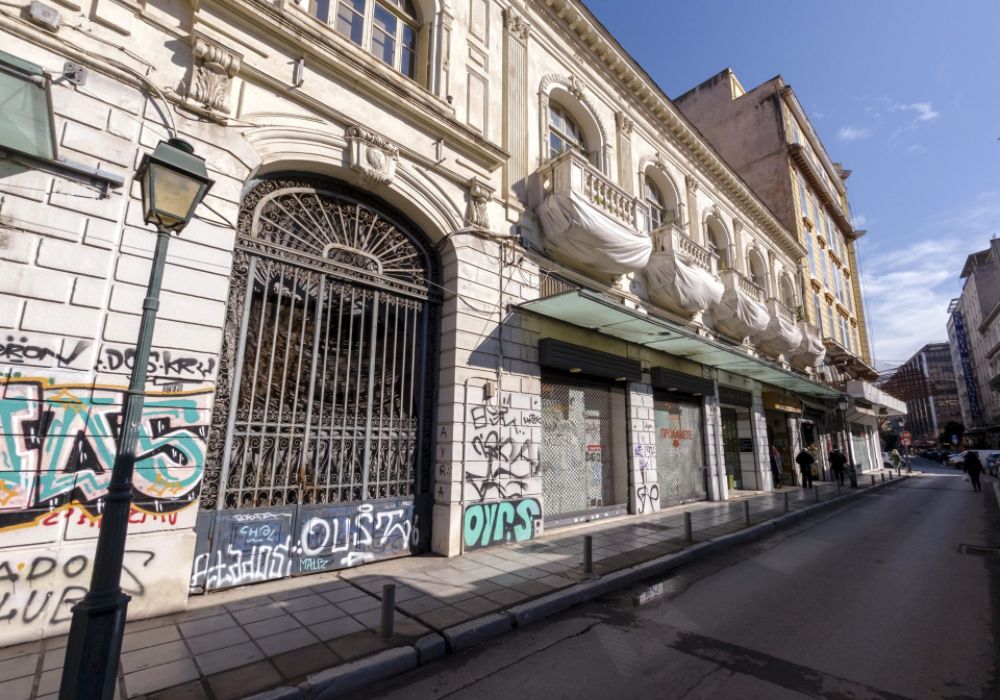
This was built by the architect Eli Modiano for the banker Saul Modiano, between 1867 and 1871. The building was partly destroyed by the 1917 fire and was rebuilt in 1929. It is a historical landmark of the flourishing period of the Modiano family which started with Saul, a poor employee, who eventually became one of the richest persons in the Ottoman Empire.
Location: Ermou & 15 El. Venizelou St
The Jewish Museum of Thessaloniki (Top Jewish Monument in Thessaloniki)

The building was completed in 1906 to be used as a commercial gallery. It housed, among others, the Bank of Athens (1906-1925) and the Jewish newspaper L’Indépendant (in French) (1909-1941). It is one of the rare buildings in the city center not to have been destroyed by the 1917 fire.
The museum comprises two levels: On the ground floor are presented tombstones from the old Jewish cemetery that was lying outside the city walls, on the ground of today’s University Campus. The upper floor houses the permanent collection “Thessaloniki Sephardic Metropole” as well as collections on social, religious, and family life and the Holocaust. Starting in 2005, the museum acquired a large number of items related to the Jewish-owned businesses of Thessaloniki.
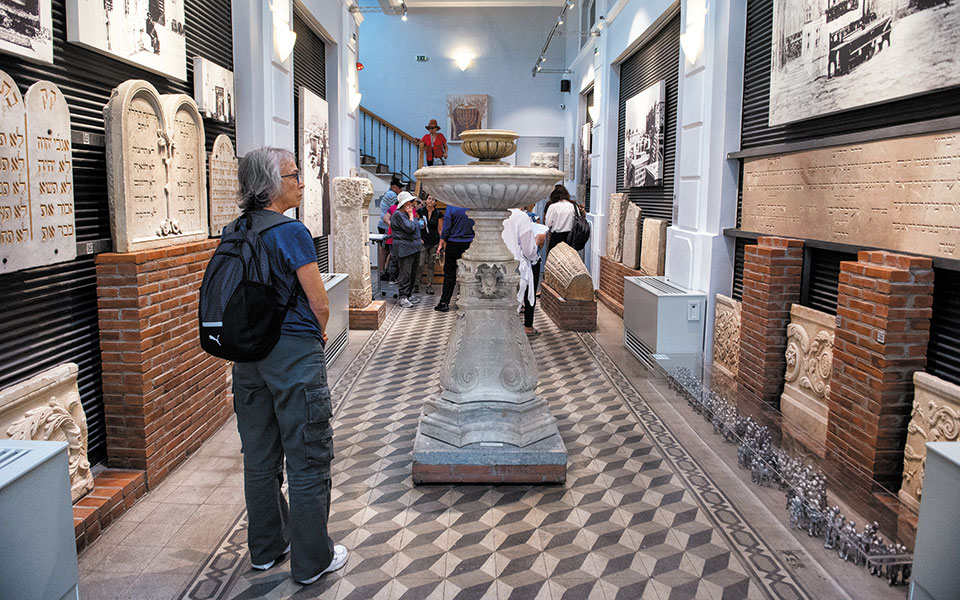
All items are included in digital databases. Moreover, visitors can use the “xenagos” system that provides guiding services through the use of an individual i-pod-like device.
Jewish Museum of Thessaloniki, 11 Agiou Mina, tel 2310.250,406, jmth.gr. Open daily except Saturday. + 30 2310 250406.Tickets for Adults: 6 euros
Eleftherias Square
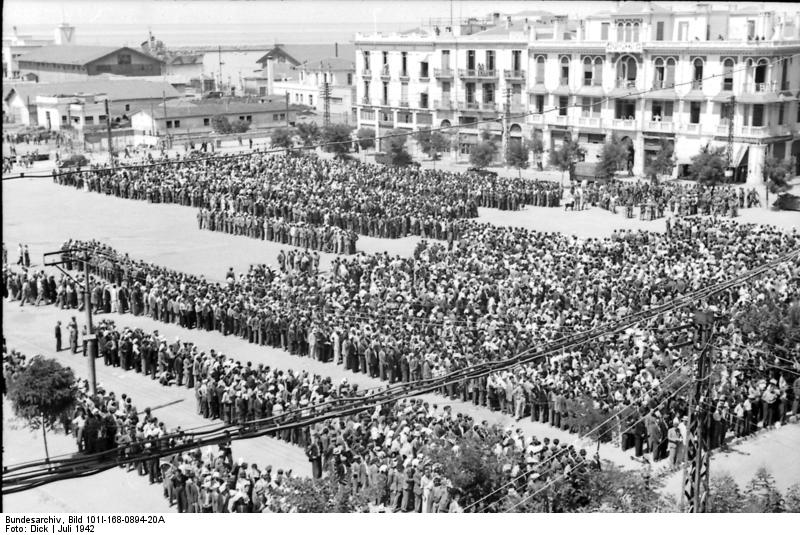
This is where male Jews from 18 to 45 years of age were summoned to gather on Saturday 11 July 1942. For about six hours, some 9000 Jews were subjected to various humiliations mainly in the form of exercises under the summer sun.
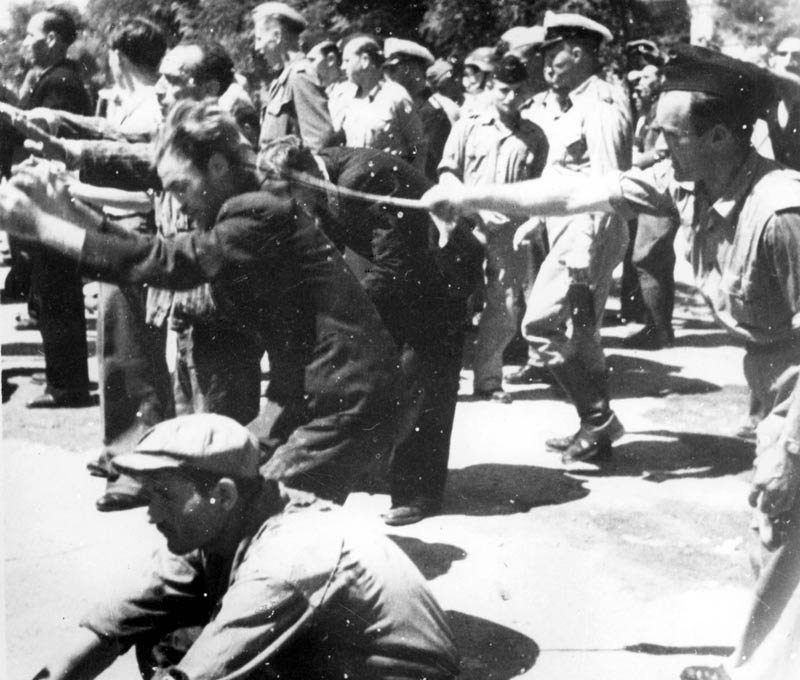
The ultimate purpose was to have them registered to enroll them in forced labor. That day was called “Black Saturday”.

The square is meant to become a Memory Park. However, for the time being, it is used as a parking lot.
The Thessaloniki Holocaust Memorial
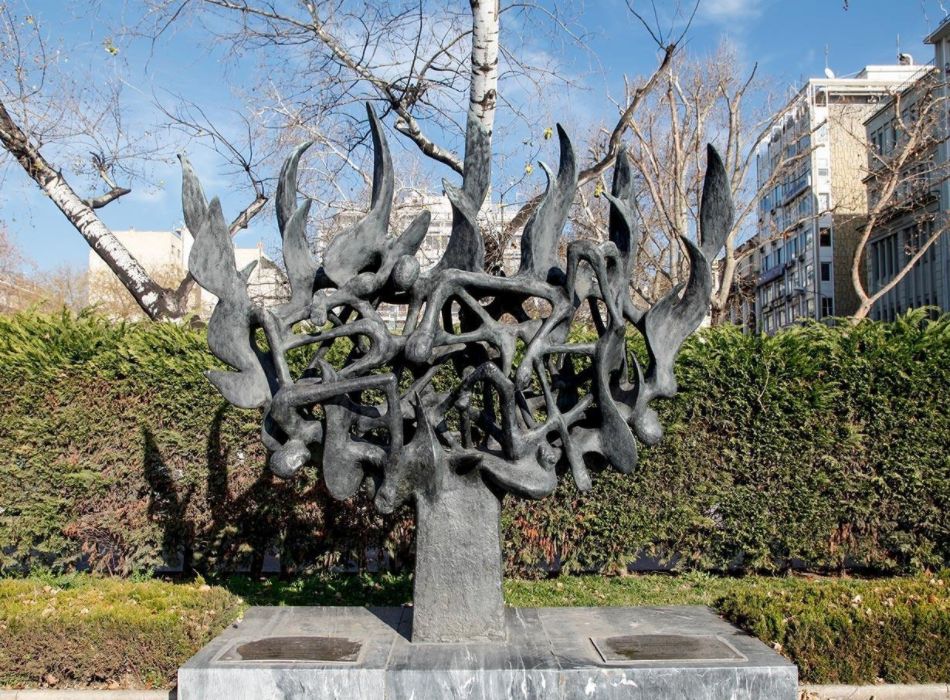
The Thessaloniki Holocaust Memorial was created by the Serbian sculptor Nandor Glid whose parents perished in Auschwitz. It was installed here in 2006 after having been transferred from a rather remote location where it was first installed in 1997. Now and then it gets vandalized by ultra-nationalist groups.
Location: Eleftherias Square, Nikis Ave. & El. Venizelou St.
The Jahudi Hamam
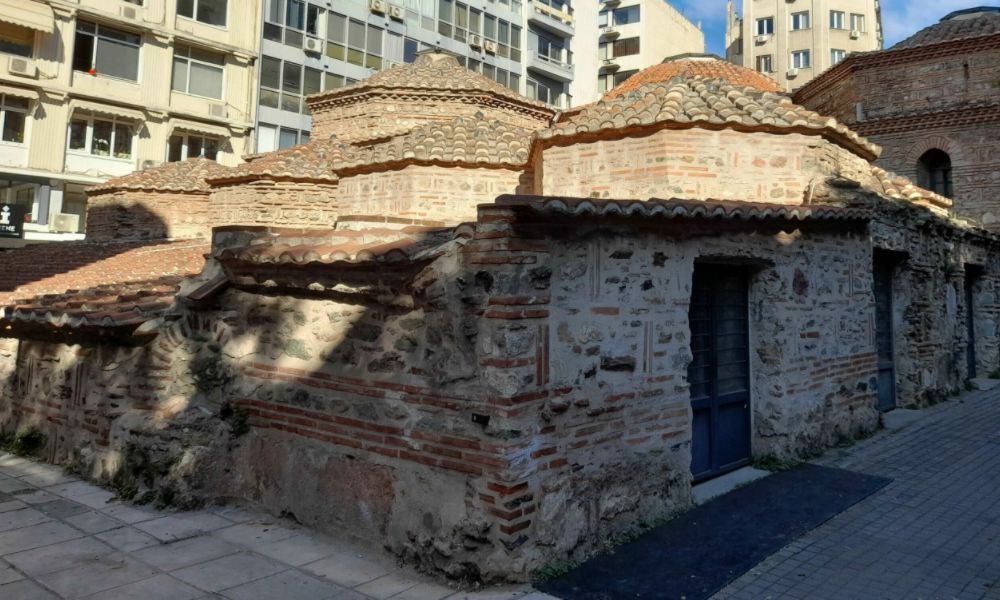
The Jahudi Hamam possibly dates to the 16th century. Its name means “Bath of the Jews”, as the area was predominantly settled by Sephardic Jews. It was also named Pazar Hamam, due to its location in the central marketplace of the city. Its surface is 750 sq. m. and it is presently used as a cultural venue.
Synagogue of Thessaloniki, Yad Lezikaron
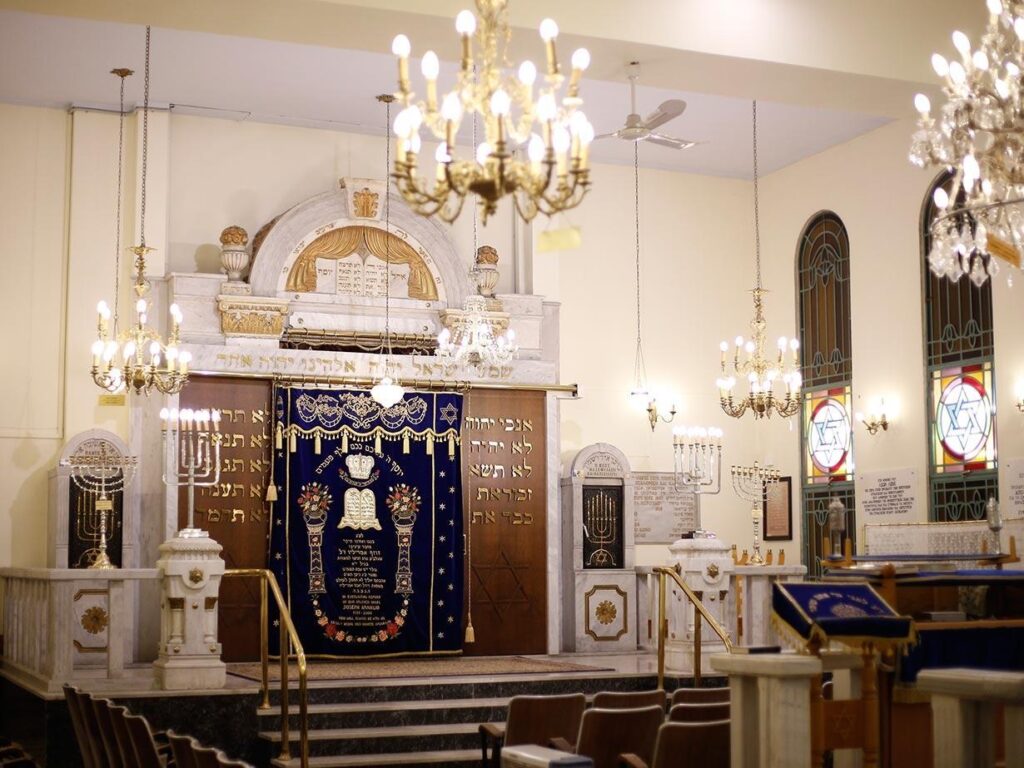
The Synagogue of Thessaloniki is named Yad Lezikaron and is dedicated to the memory of Holocaust victims. It was inaugurated in 1984 following the repair works made necessary by the 1978 earthquake. It lies on the site of a small bethel also known as “Cal de la Plaza” (Market Synagogue), operating since 1921 to serve the religious needs of the numerous Jews working in the nearby marketplace.
Location: 24 Vasileos Irakliou Street
The Modiano Market
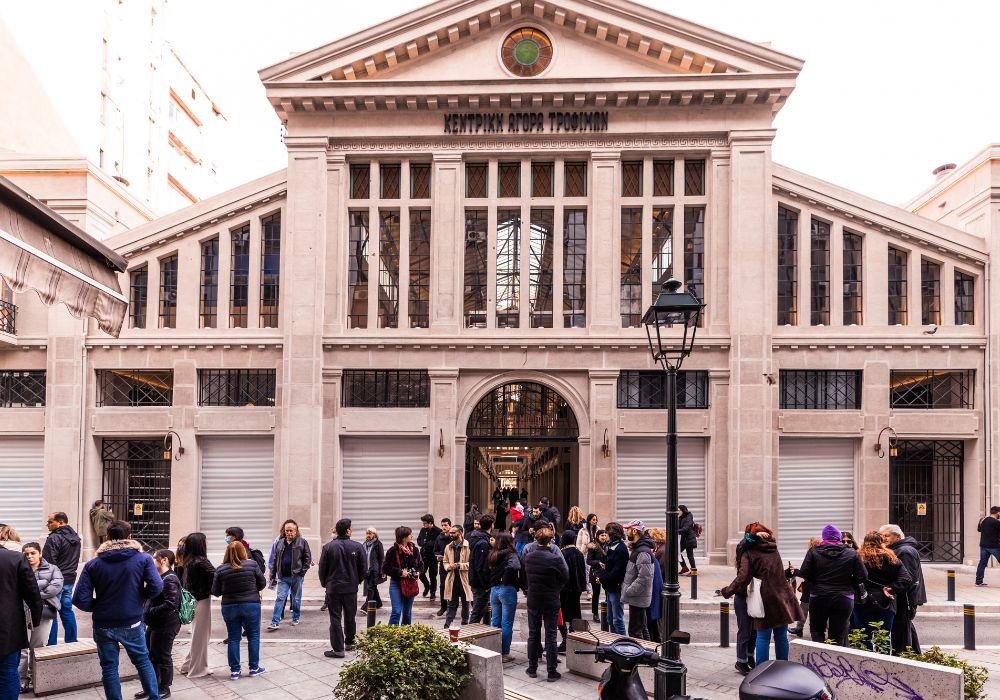
Modiano is a covered market inaugurated in 1925. It was designed by Eli Modiano, a civil engineer from a wealthy Jewish family, and the architect J. Oliphant. It was built on the ground occupied, before the 1917 fire, by the Talmud Tora complex, a landmark of Jewish Thessaloniki, which comprised a synagogue and a school.
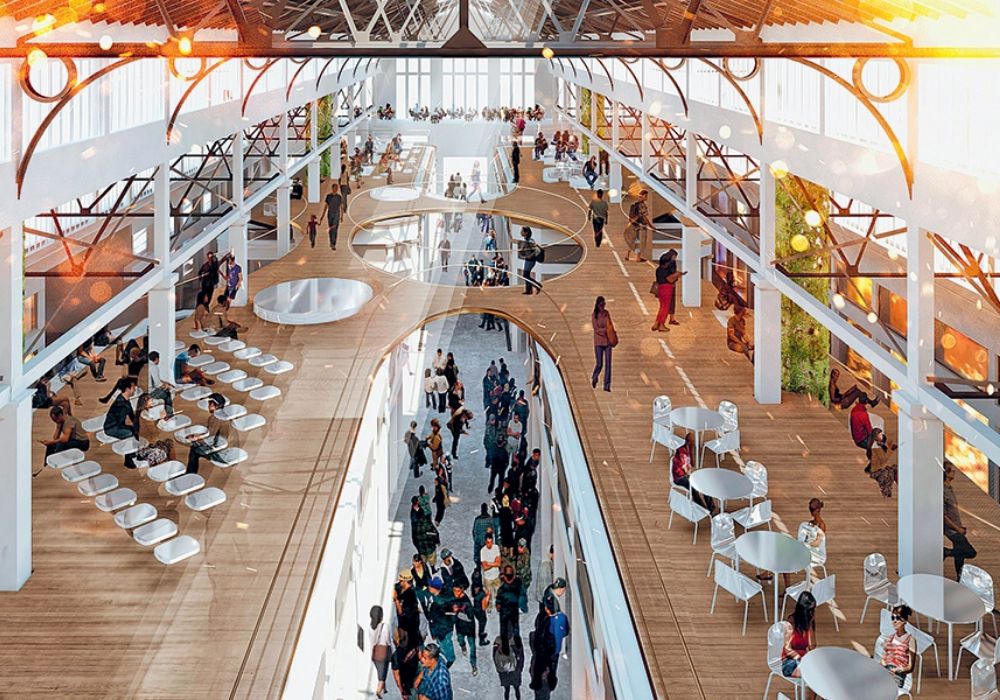
The Modiano market used to house more than 100 food stores as well as a few bars and restaurants. From the 1990s the market was gradually abandoned as the tenants were unable to renew their licenses due to sanitary reasons. As a result of the lack of maintenance, the building was declared structurally unstable and was shut down in 2016. Eventually, the market was acquired by the Fais Group which undertook a complete restoration project, from September 2020 to October 2022, costing almost 10 million Euros.
The new Modiano market houses about 75 food stores on the ground floor. On the 1st floor, one may find restaurants as well as an open space for cultural and other events. The market opened again its doors on the 5th of December 2022.
INFO: 24 Ermou St & Vas. Irakleiou St
The Old Railway Station
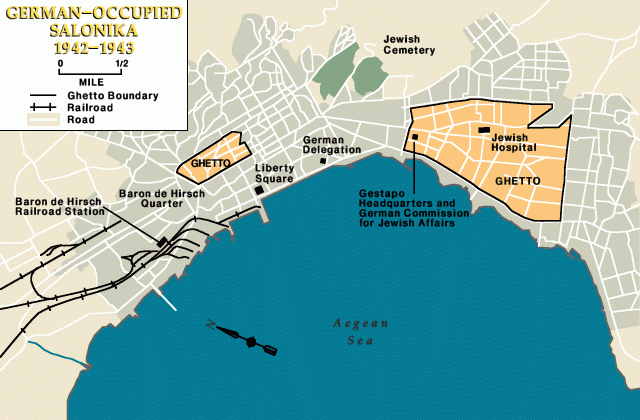
The Old Train station lies at the western entry of Thessaloniki. Its construction by a company owned by Baron Maurice de Hirsch was completed in 1874 when Thessaloniki was connected to Skopje and further, in 1878, to Mitrovitsa, in Kosovo. When the Ottoman railway was connected to the Serbian one, in 1888, Thessaloniki could be reached by train from central and western Europe.
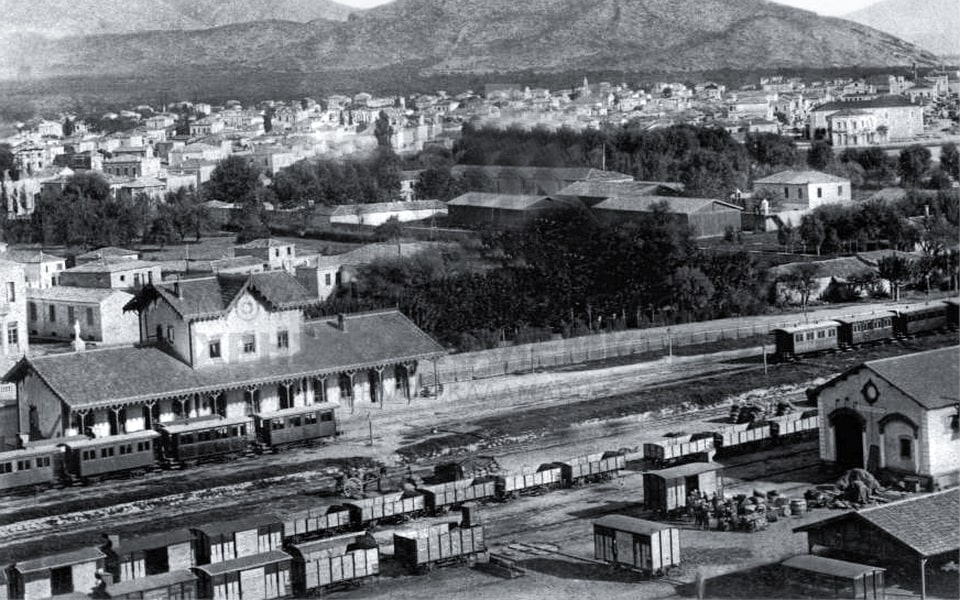
The quarters close to the station were home to many Jews. Next to the station had been created, by the Jewish community, a settlement after the fire of 1890 on land acquired by Baron de Hirsch. This area was fenced and isolated by the Germans on 4 March 1943. The Jews living there were deported by rail to Auschwitz-Birkenau on 15 March 1943.
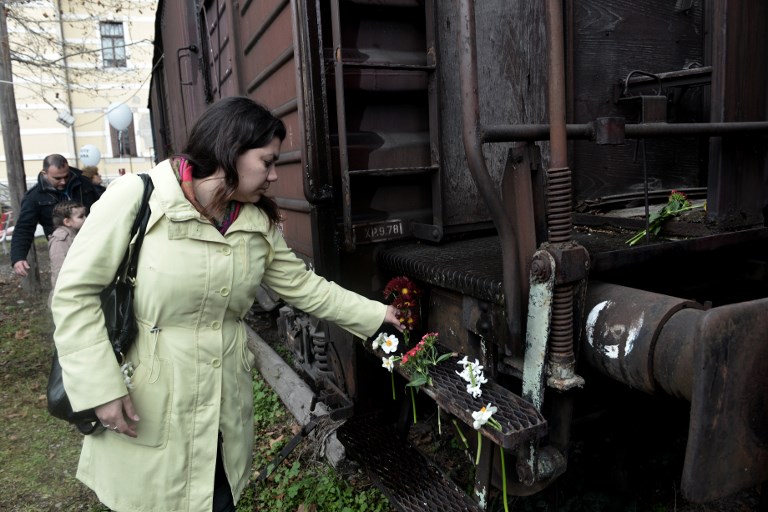
The site was subsequently used as a transit place for all Jews who were deported. The last train left the Old Station on 7 August 1943.
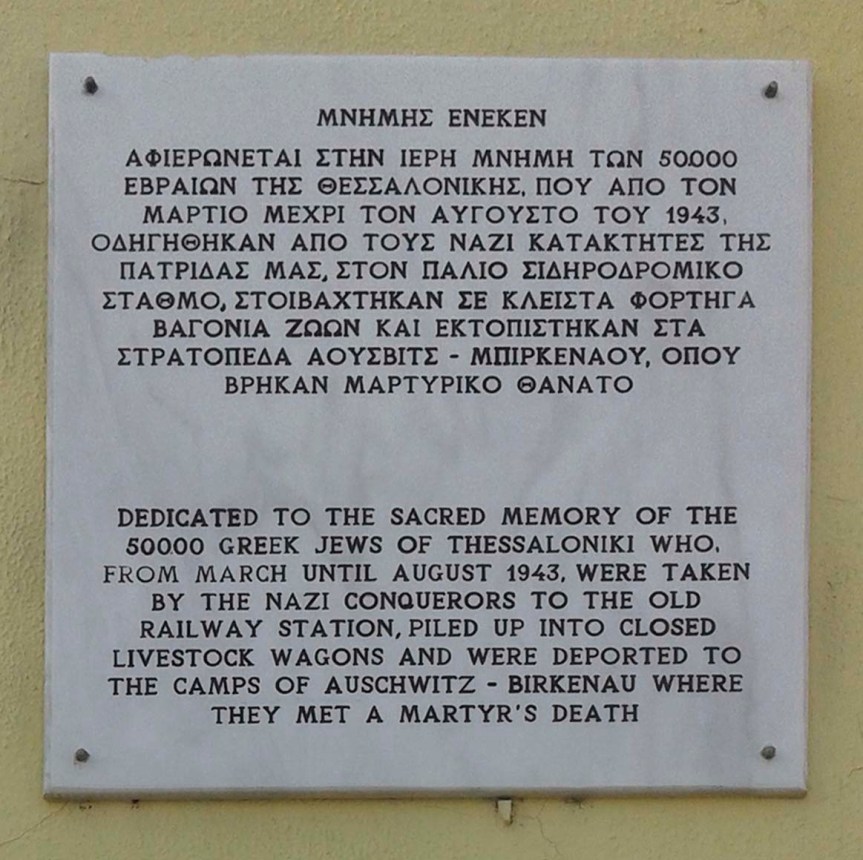
On the wall of the Station, a commemorating plaque reminds the role played by this Station in the fate of the Thessaloniki Jews. The Baron Hirsch settlement has been to a large extent demolished after WWII.
Memorial at the New Jewish Cemetery
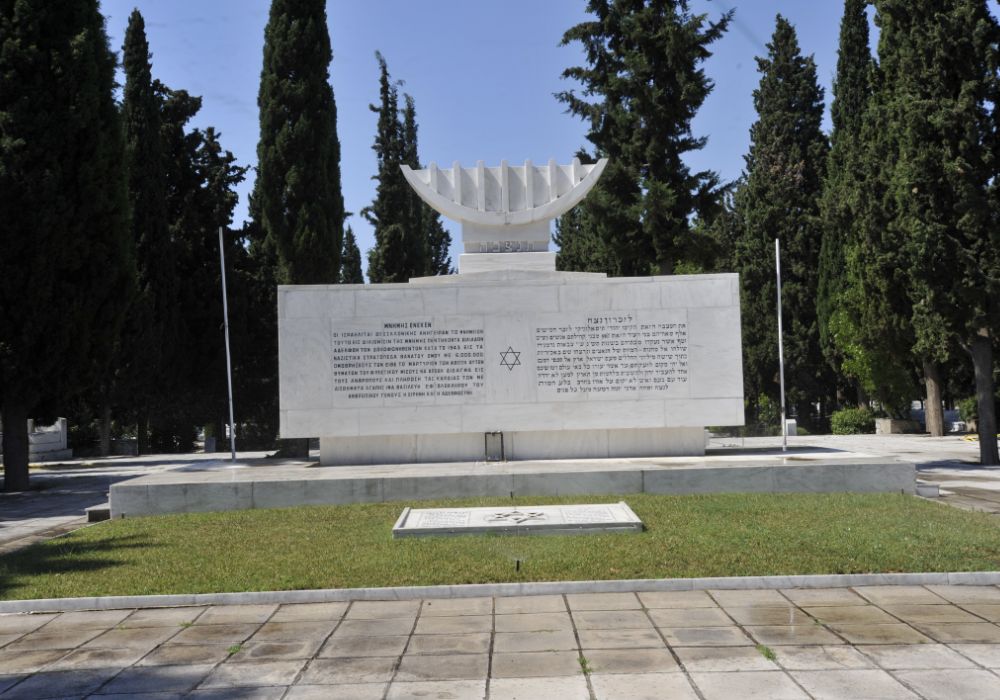
The old Jewish cemetery of Thessaloniki contained about 300.000 graves in an area of more than 85 acres. From December 1942 until April 1943 the graves were destroyed, the materials used for road and building construction, and the bones were scattered.
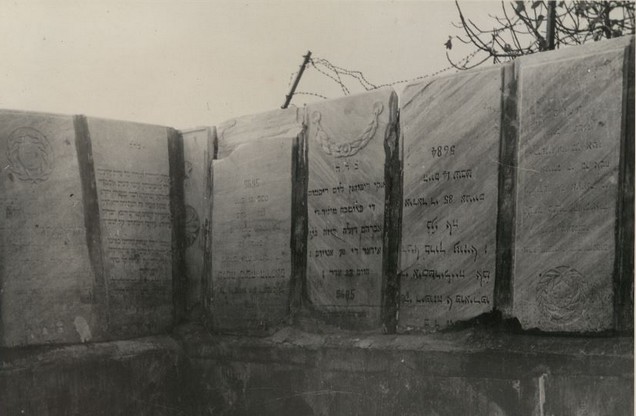
The few tombs that were found after the war were transferred to the new Jewish cemetery where a monument was erected to honor the victims of the Shoah.
Thessaloniki Kosher Restaurants
- Chabad of Thessaloniki: Shalom restaurant, Salaminos St. 9, +30 2310 550 500
- Routes of Kosher, Kalapothaki 16, Thessaloniki, +30 2311269814
- Kosher Food, Salaminos 9 & Tsimiski, +30 231 055 0500
Where Best to Stay in Thessaloniki
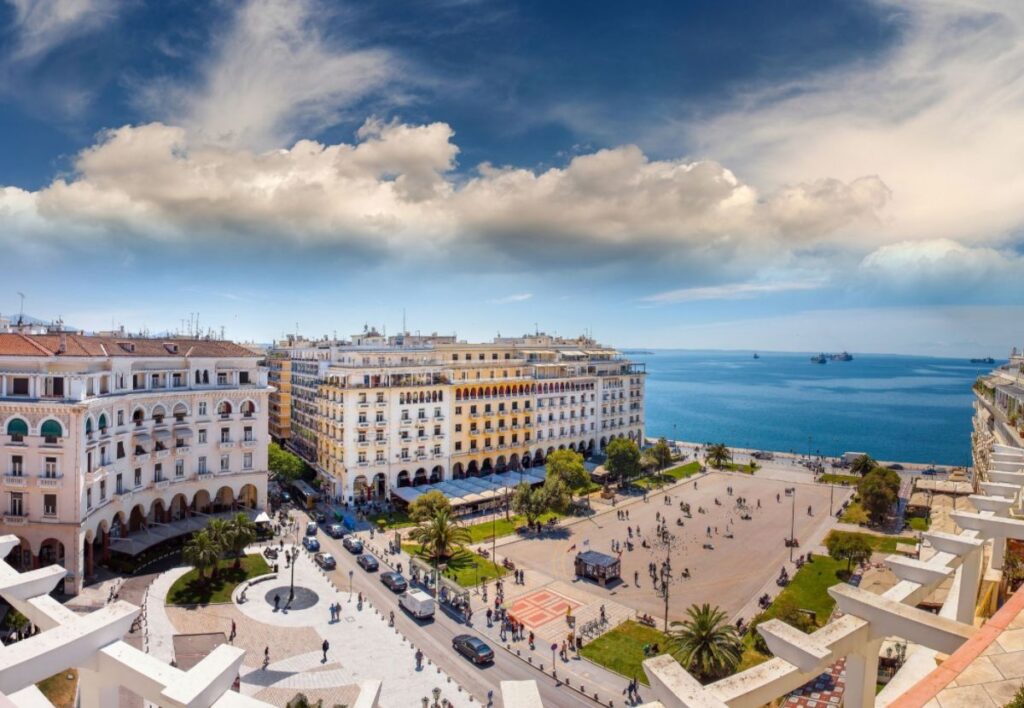
Located in one of the best areas of Thessaloniki, at Aristotelous Square, with endless sea views, Electra Palace Thessaloniki is a top luxury hotel, close to the sites.
A fantastic mid-range hotel in central Thessaloniki is The Modernist Thessaloniki and if you are looking for a great value for money central budget Airbnb then check out the Industrial Loft near Seaside.
Related Posts:
Related Posts on Jewish Monuments in Greece
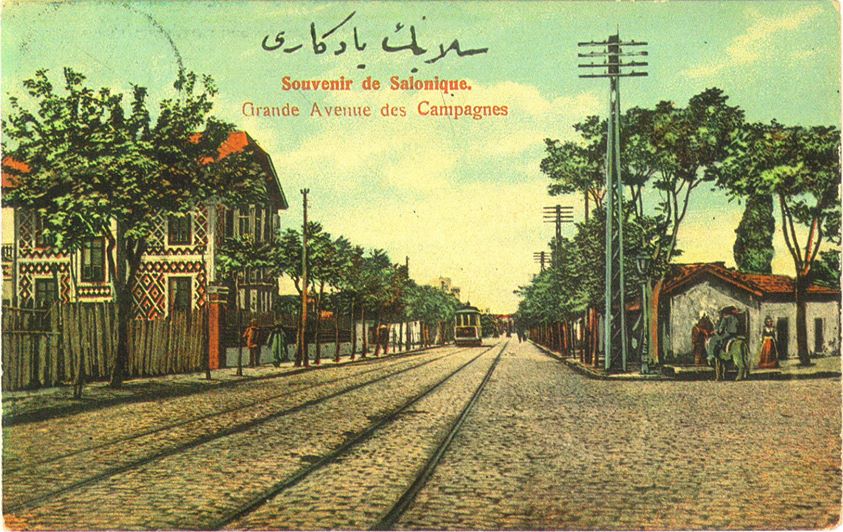
Eastern Thessaloniki Jewish Monuments
Part II of the posts devoted to Thessaloniki and the remaining Jewish monuments
Athens Jewish Monuments
Some of my Favorite Travel Resources for Greece
- ‘Hello’ and ‘Thank You’ in Greek: “Ya sou” and “Efharisto”
- Booking.com: I use Booking.com because I can get the best deals on hotels and apartments, free cancellations, and great prices!
- All-Inclusive Resorts in Greece
- FerryScanner to book ferries to the Greek Islands
- Rent an Affordable Car in Greece
- Athens Metro Website (timetables and ticket info)
- Map of Athens Metro
- Trains (Hellenic Train)
- Public Buses KTEL
- Get Your Guide: For all your day or multi-day tours and city guide needs, I use Get Your Guide
- Emergency Numbers Anywhere in Greece: AMBULANCE 166 – FIRE 199 – POLICE 100– EMERGENCY NUMBER 112

